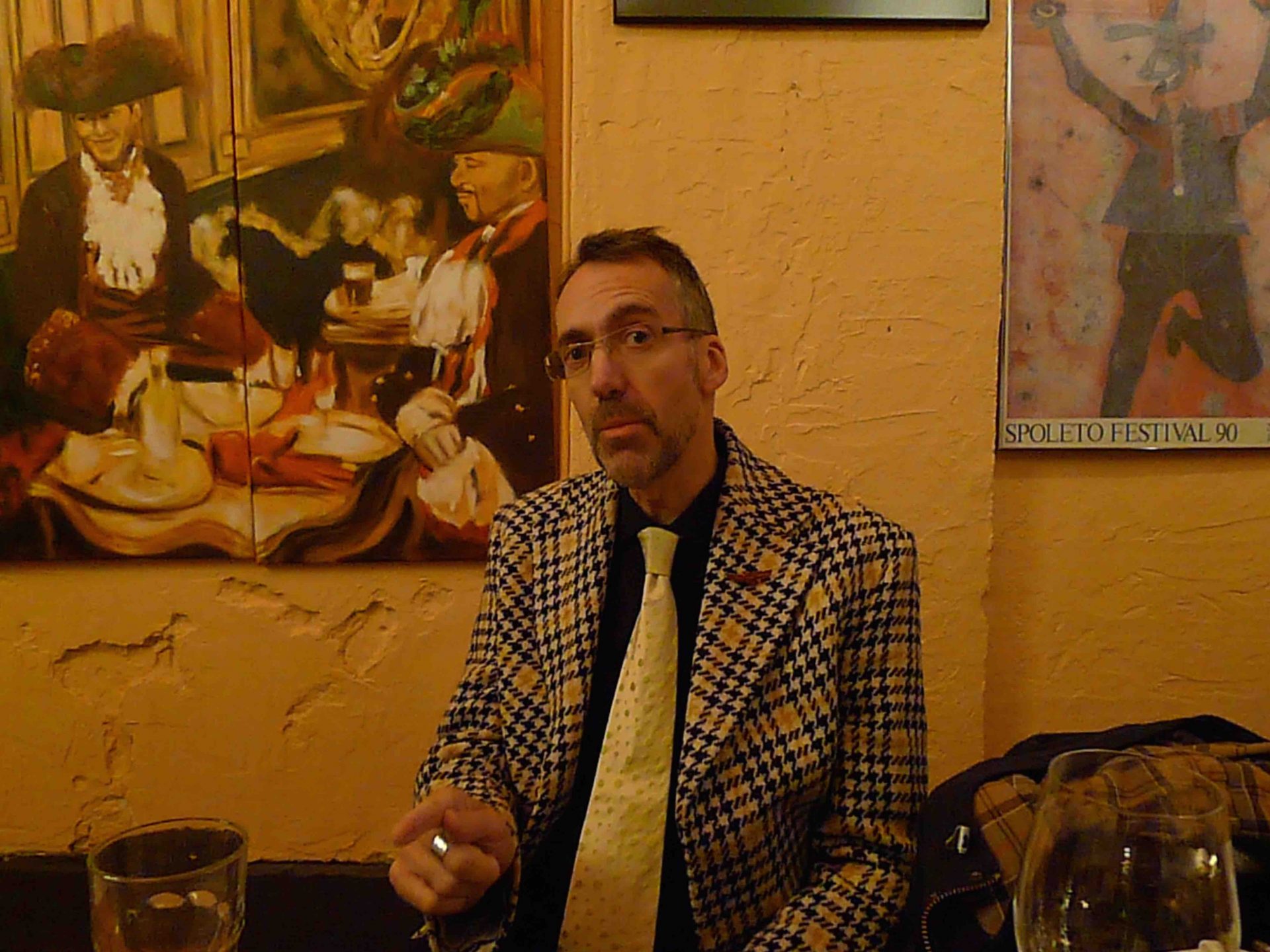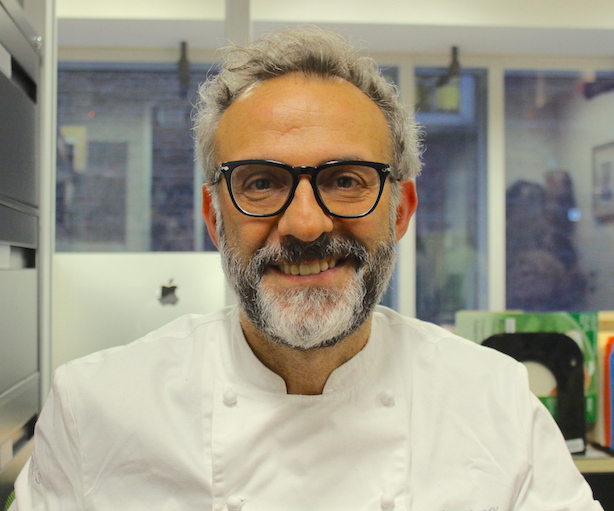Good day everyone.
My first entry of the week: The wonderful Veuve Clicquot and her revolutionary empire.
Distinctively clad in Veuve Clicquot colours, this book is a biography of the Widow (Veuve) Clicquot. The trouble is that the biographer found few documents actually written by her or for that matter by anyone else about her. Instead of giving up the task, Ms. Mazzeo wrote a book about the establishment of the French champagne industry in the 19C with the Veuve Clicquot empire featured front and centre. The development of this industry is set against and influenced by the great events of the time starting with the French Revolution (when the Veuve Clicquot was a schoolgirl) through Napoleon, Napoleon III, and finally the War of 1870.
Some of these events included the foreign occupations of Champagne and the embargo of champagne exports which the industry had to deal with in the time of Napoleon. The Widow herself lost her husband in her twenties, borrowed money from her father in law to start her champagne business, lost most of it and came back to establish what must be one of the first successful global consumer product brands.
There is plenty of interesting information on the challenges of making champagne, the pivotal role the English had on the industry and the huge gamble which the Widow made on being the first to supply the Russians with the famous 1811 vintage after the Napoleonic embargo on exports to Russia was lifted. Champagne itself was developed for export starting in the 18C but the big houses which are mostly still around really developed in the 19C. The monk, Dom Perignon did not, contrary to legend, solve the problem in the 17C where champagne producers regularly lost 90% of their inventory as their bottles exploded. He was however (as was the Widow) a superb blender. Interestingly, dry champagne was not introduced until the 1850’s. It makes you wonder why a very expensive indeed overpriced sickly-sweet alcoholic beverage was so popular in early 19C Russia and England. The closest thing to this phenomena we have seen was China in the 1990’s where it was fashionable over dinner to mix the finest cognacs with Coca Cola.
All you want to know about the champagne industry and maybe a little more; you will enjoy this book.
– Le Patron
Follow me for my ruminations on local seasonal food markets as well as speculation on broader global food issues @lepatronecc3







